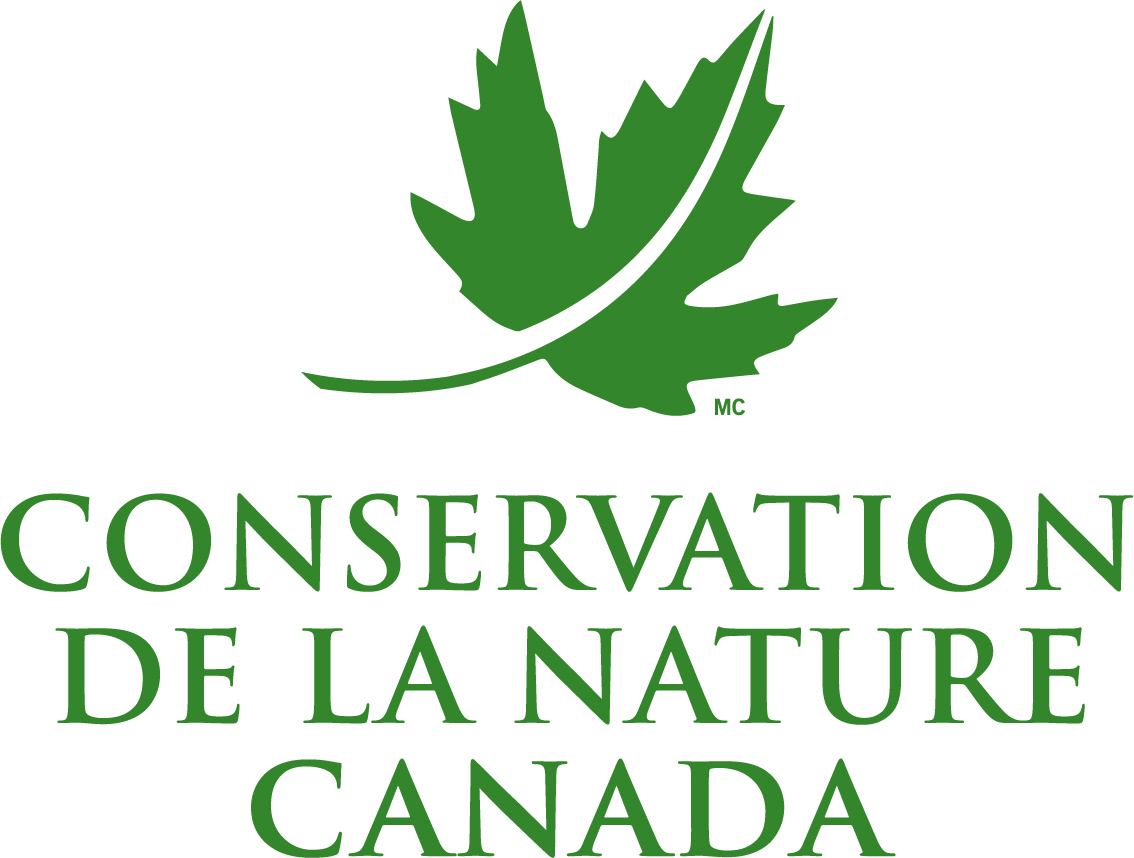Description du projet (anglais)
The Adirondack-to-Laurentians (A2L) transboundary wildlife linkage is one of three north south movement linkages that connect natural areas in northeastern USA and southeastern Canada. This region still retains habitats of high ecological integrity and biodiversity; however, anthropogenic land transformation may be putting transboundary connectivity at risk. We measured the impacts of anthropogenic land transformation on species-specific habitat amount, fragmentation, and connectivity in the A2L between 2000 and 2015. We developed suitable habitat and resistance models for the American black bear (Ursus americanus), fisher (Pekania pennanti), moose (Alces alces), and white-tailed deer (Odocoileus virginianus) to identify suitable and optimal habitat patches for each species. We quantified habitat amount, fragmentation, and connectivity, and used Linkage Mapper and Circuitscape to map corridors and pinch-points important for connectivity. In the A2L between 2000 and 2015, suitable and optimal habitat patch area declined considerably, fragmentation increased, and inter-patch connectivity decreased for each species. Moose and black bear habitat patches experienced the greatest habitat loss, fragmentation, and decline in inter-patch connectivity. The majority of habitat patch area loss and fragmentation occurred in the southern Québec and Ontario portions. To achieve long-term functionality of the A2L, collaborative and coordinated measures will be necessary to preserve the integrity of the Québec mega-patch, restore extensive habitat in east ern Ontario, and reestablish or maintain connectivity throughout the linkage. Left unaddressed, continued anthropogenic land transformation is likely to have detrimental effects on the ability of the A2L to function as a transboundary wildlife linkage.
Description du projet (français)
Organisation principale responsable du projet
Université Concordia

Organisation(s) partenaire(s)
Conservation de la nature Canada

Fait partie d'un réseau plus large
Corridors écologiques
Statut du projet
Terminé
Date de début du projet
2019
Date of completion
2024-06-06
Écosystème(s) concerné(s)
Forestier
Catégorie(s) d'actions liées à la connectivité
Conception de réseaux de corridors
Restauration
Recherche (Modélisation)
Recherche (Évaluation de la connectivité fonctionelle)
Politiques et gouvernance
Protection des terres
Planification de l'utilisation des terres
Mots-clés standards
Corridors
Approche 'stepping stone'
Mots-clés
Habitat loss Effective mesh size Linkage mapper Least-cost corridors Circuitscape Black bear Fisher Moose White-tailed deer
Couverture taxonomique
Mammifères
Étendue géographique
Région(s)
Québec
Laurentides, Laval, Montréal
Nom du lieu
Quebec, Ontario, New York A2L